I'm trying to plot the spectrograms of audio samples. While I plot it using my code given below, it figures out to be weirder. However, I imported them into audacity which came out to be so nice. Suggest me the changes I need to make in order to replicate the same in python? I would like to know that is the colour map I need to use and what are the changes to be done so that I can acquire an image similar to audacity spectrograms.
Thanks in advance.
from scipy import fft
# other usual libraries
N = 8000
K = 256
Step = 4
wind = 0.5*(1 -np.cos(np.array(range(K))*2*np.pi/(K-1) ))
ffts = []
S = data_hollow['collection_hollow'][0]
Spectogram = []
for j in range(int(Step*N/K)-Step):
vec = S[int(j * K/Step) : int((j+Step) * K/Step)] * wind
Spectogram.append(abs(fft(vec,K)[:int(K/2)]))
Spectogram=np.asarray(Spectogram)
plt.imshow(Spectogram.T,aspect='auto',origin='auto',cmap='spectral')
plt.axis('off')
Python Spectogram:
Audacity Spectrogram:

